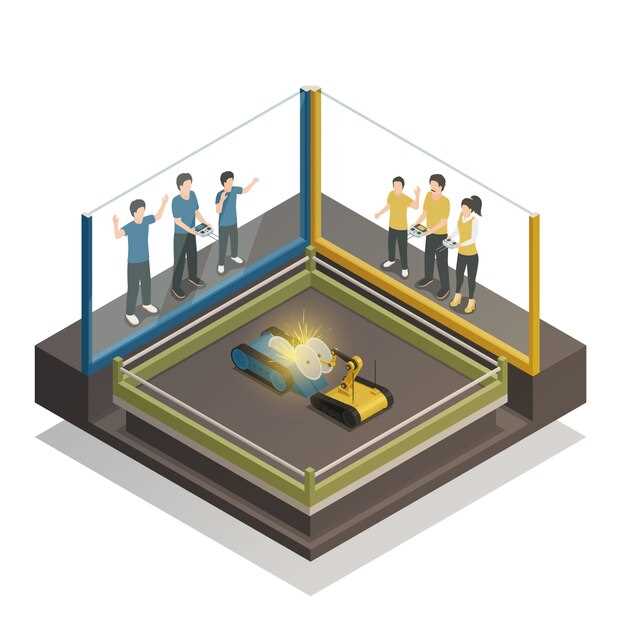
In the world of motorsports, understanding track layouts is crucial for achieving optimal performance. For both novice and experienced drivers, training through simulators offers a unique opportunity to familiarize themselves with various racing circuits without leaving the comfort of their homes. These virtual environments provide an immersive experience that allows drivers to explore different aspects of track layouts, such as elevation changes, cornering techniques, and braking points.
Simulators, or sim platforms, have evolved significantly over the years, incorporating advanced graphics and realistic physics models that mimic real-world driving conditions. Unlike traditional training methods, where drivers might rely solely on maps or videos, simulators create an interactive learning experience. This enables users to practice specific sections of a track repeatedly, honing their skills and building muscle memory essential for competing at higher levels.
Moreover, simulators offer the advantage of immediate feedback, allowing drivers to analyze their performance through data analytics and telemetry. This analytical capability is invaluable for developing strategies tailored to each track layout, making training sessions more effective. As the competitive landscape in racing continues to evolve, leveraging simulation technology for learning track layouts will undoubtedly become a standard practice for drivers aiming for excellence.
Mastering Track Familiarization Through Simulation Tools

Racing drivers face the challenge of mastering circuits that often change in elevation, surface type, and corner configurations. Simulation tools provide an invaluable training platform, allowing drivers to familiarize themselves with track layouts without the risks associated with real-life practice. These advanced simulators replicate the nuances of various racing circuits, enabling drivers to develop a mental map of the track before they arrive at the venue.
Through simulated environments, drivers can practice the racing line, assess braking points, and explore cornering techniques in detail. The ability to repeat specific sections of a track allows for focused training on areas where performance may be lacking. This repetitive practice is crucial for building muscle memory, which translates into improved performance during actual race conditions.
Moreover, simulation tools often come equipped with data analysis features, enabling drivers to review their performance metrics. Analyzing lap times, throttle application, and steering inputs provides insights that can enhance their racing strategy in real-time. Such analytical capabilities are essential for setting goals and tracking progress over time.
In addition to individual benefits, simulation software can facilitate team training. Crew members and engineers can collaborate with drivers to optimize vehicle setups and strategies based on simulated data. This synergy between drivers and their teams is vital for achieving competitive advantages on race day.
Overall, mastering track familiarization through simulation tools is increasingly recognized as a cornerstone of racing training. As technology continues to evolve, the integration of realistic physics and detailed graphics will further enhance the learning experience for drivers, solidifying simulation’s role in modern motorsport preparation.
Utilizing Data Analysis to Improve Lap Times
Data analysis plays a crucial role in optimizing performance for drivers during racing simulations. By collecting and interpreting various metrics, drivers can identify patterns and pinpoint areas for improvement. Key factors such as speed, braking points, and acceleration are analyzed to determine how they contribute to overall lap times.
Training sessions should focus on gathering data using telemetry systems, which track key performance indicators in real-time. This information allows drivers to compare their performance against both their past laps and those of their competitors. Analyzing this data facilitates informed decisions regarding driving techniques and strategy adjustments, ensuring that training is both effective and efficient.
Furthermore, data visualization tools can help drivers understand complex data sets. Graphs and heat maps can portray driving lines, throttle application, and cornering speeds, making it easier to spot inconsistencies. By regularly reviewing this information, drivers can refine their technique, enhance their racing strategy, and progressively lower lap times.
In conclusion, leveraging data analysis within training routines empowers drivers to make data-driven adjustments that lead to significant improvements in racing performance. By systematically evaluating data, drivers can enhance their skill set and approach each race with a competitive advantage.
Implementing Practice Routines for Enhanced Performance

Effective training routines are essential for drivers aiming to enhance their performance on race tracks. Implementing structured practice sessions can significantly improve skill acquisition and track familiarity, ultimately leading to better racing outcomes.
First, it is crucial to establish a consistent training schedule. Regular practice not only aids in mastering the track layout but also builds muscle memory, allowing drivers to react instinctively under race conditions. Allocating specific times for practice ensures that drivers can focus on refining particular skills without the distraction of other racing commitments.
Next, breaking down each track into sections can contribute to a more focused training approach. Drivers should practice individual segments, concentrating on key elements such as braking points, acceleration zones, and cornering techniques. By honing these areas, drivers develop a deeper understanding of the track and improve their overall efficiency during races.
Utilizing driving simulators is an effective method for practicing racing routines. Simulators offer a risk-free environment for drivers to experiment with different strategies and gain valuable insights into car dynamics. This technology allows for repeated attempts at mastering tricky corners or adjusting driving styles, which can translate to improved real-world performance.
Incorporating data analysis into practice routines can further enhance performance. Utilizing telemetry data from practice sessions helps drivers identify specific areas for improvement. Analyzing speed, throttle input, and braking patterns provides a comprehensive understanding of driving techniques that can be refined over time.
Finally, integrating mental training into practice routines is crucial. Visualization techniques can help drivers mentally rehearse their racing lines and strategies before entering the track. This psychological preparation is essential to building confidence and reducing anxiety during competitive racing scenarios.
In conclusion, implementing structured practice routines that include consistent training, segmented track analysis, simulator utilization, data analysis, and mental preparation can significantly enhance a driver’s racing performance. By dedicating time to develop these skills, drivers position themselves for success in competitive environments.










